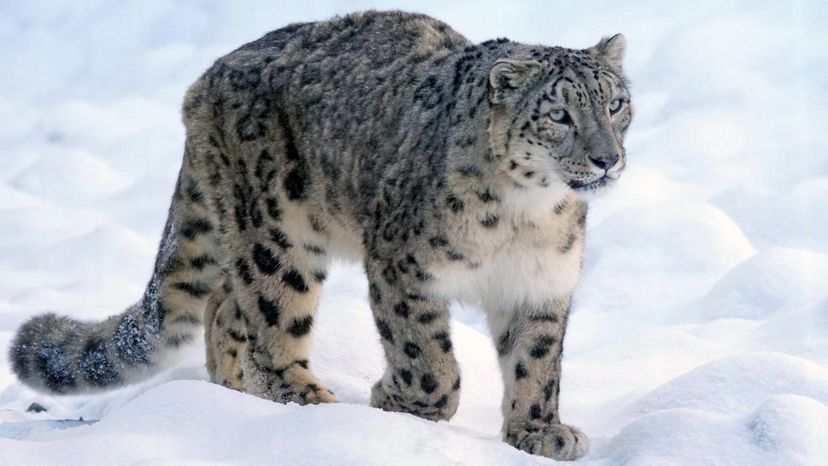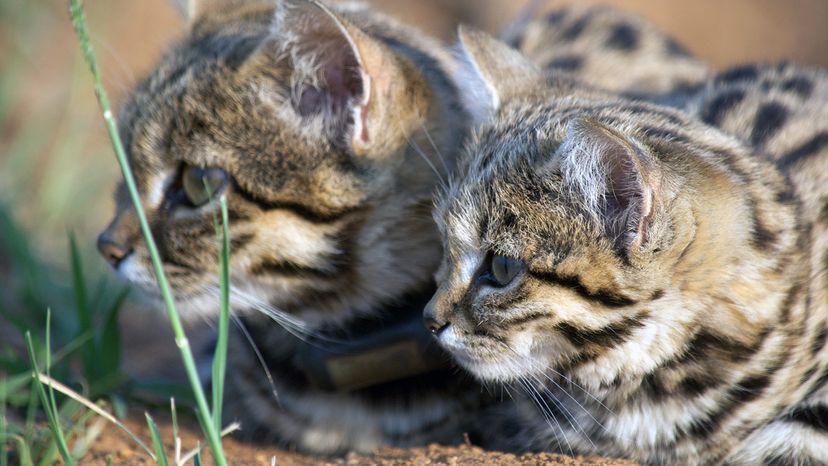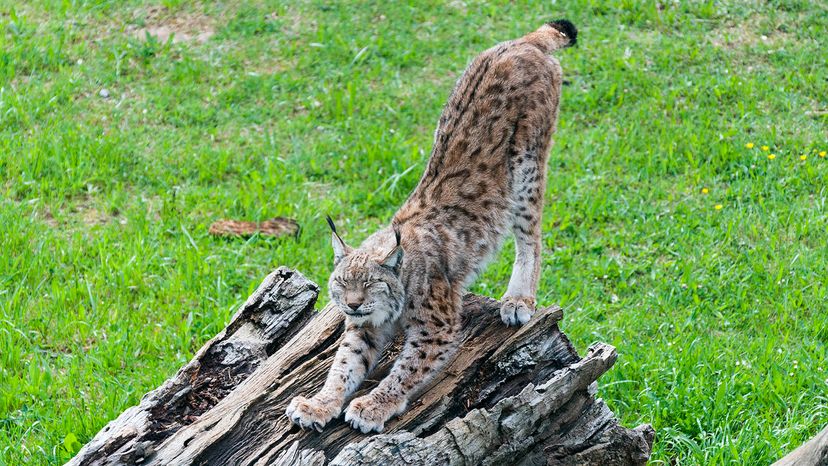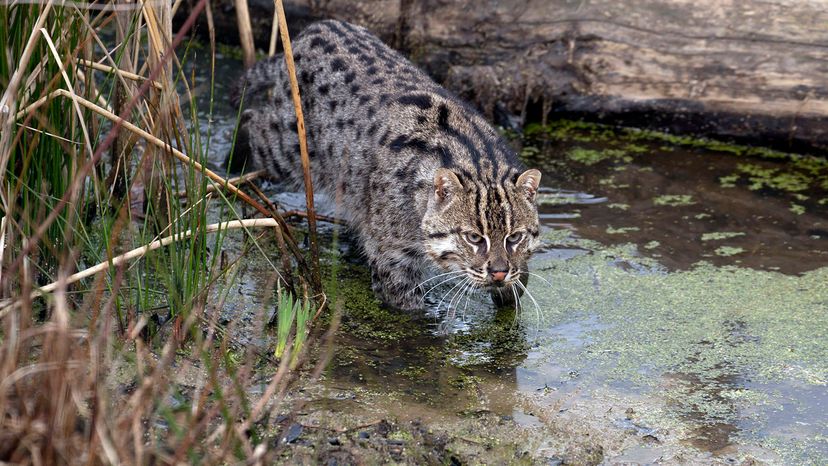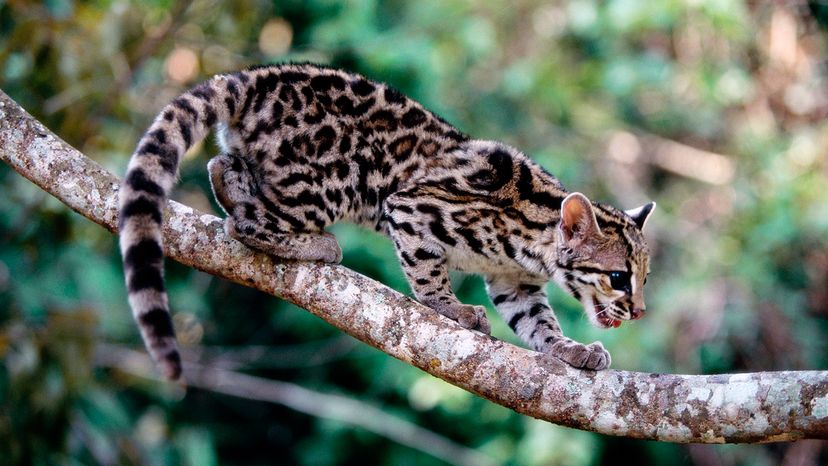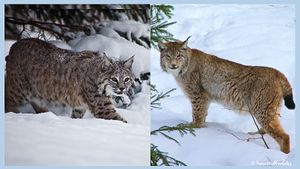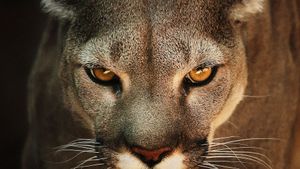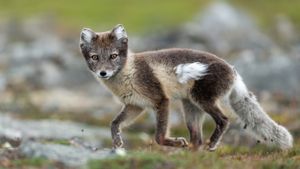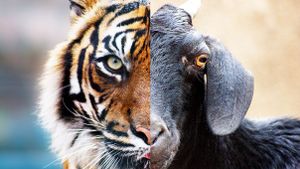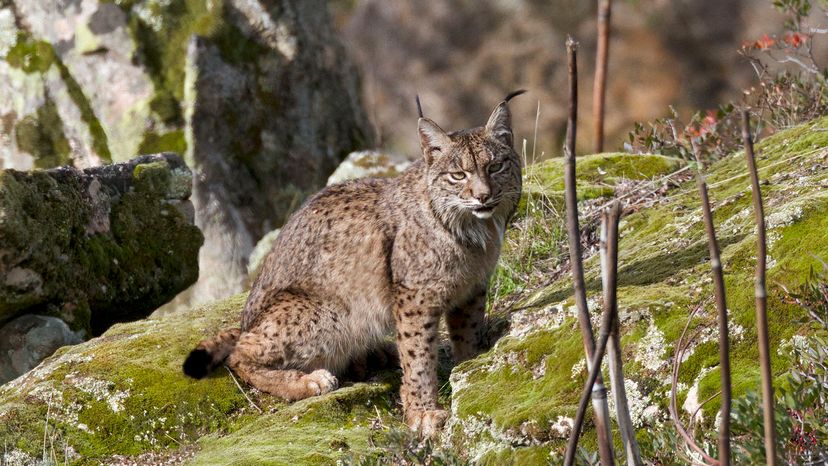
It's well known that your typical in-shape house cat can survive a fall from a high-rise, sometimes with minimal injuries. A cat in Boston, for instance, fell 19 stories from her owner's apartment window and walked away with nothing more than a bruised chest. Cats are extraordinary survivors — not just physically agile and resilient, but also mentally tough.
To illustrate, here's a true story: One winter night a woman living in Minneapolis couldn't find her cat, Cuddles. She was distraught. As its name implied, the cat was a ball of affection who usually curled up at the foot of its owner's bed to keep it warm. After a panic-stricken day, the woman got a call from her neighbor who had just driven six hours to Chicago. After parking downtown, he heard a pitiful meowing from under the hood. When he opened it up, there was Cuddles, clinging to the battery. He'd been outside the night before, crawled up inside the car engine and taken a nap, only to wake up inside a deafening machine racing down the highway. There was nothing to do but hold on. When the woman got her cat back, she renamed it Scratch, because Cuddles wasn't cuddly again for a very long time.
Advertisement
Crazy cat-survival tales — we've all heard them. But our coddled little pets have nothing on the true survivors — the felines that tough it out in the wild. Here are five amazing big cat cousins of your feline friend.
